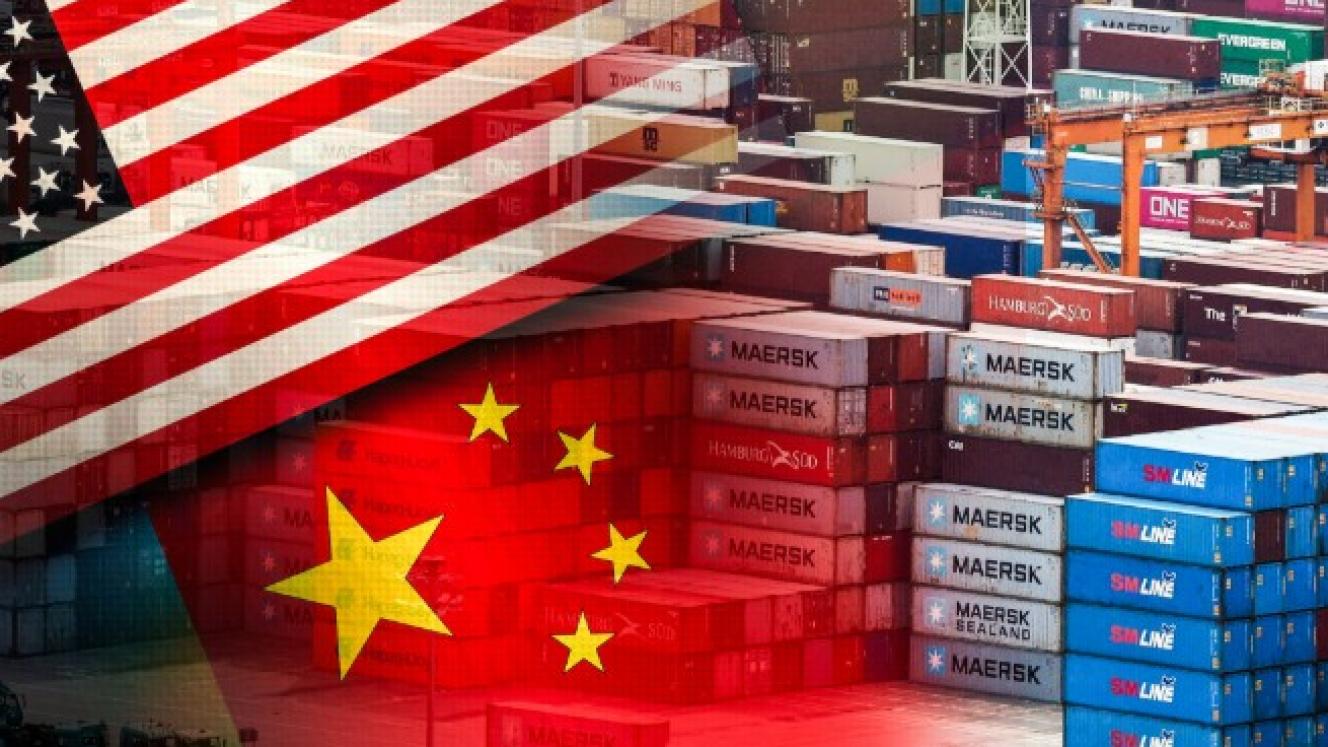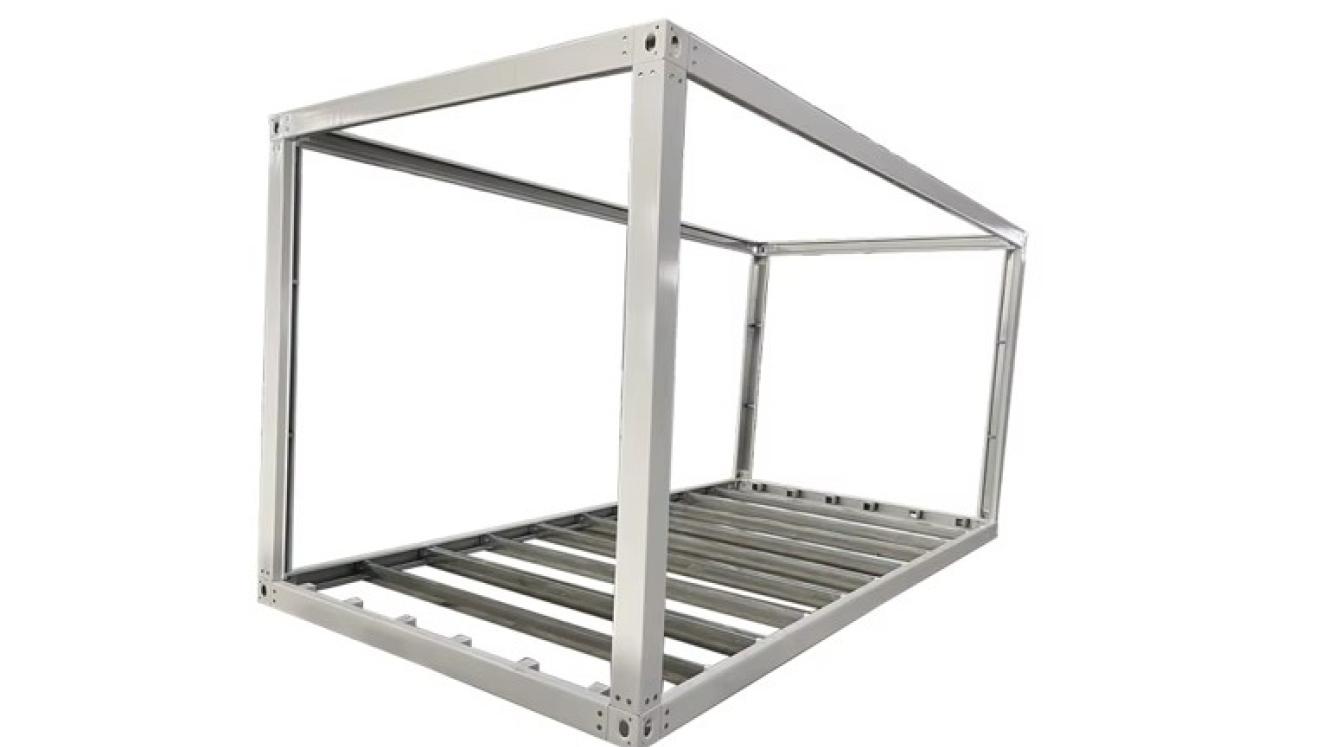The US has extended its current tariff regime on Chinese imports for a further 90 days, keeping duties in place until November 10.
It’s been widely reported that the latest development is aimed at buying more time for trade negotiations between Washington and Beijing.
Under the arrangement, US tariffs on Chinese goods will remain at 30% while China’s reciprocal levies will stay at 10%.
The decision comes as the world’s two largest economies continue to seek common ground after years of fractious trade relations that have disrupted global supply chains.
It’s a welcome development for US importers, says Jensen, adding it offers them a clearer short-term trading outlook.
Although the greater certainty could spur a temporary rise in Transpacific spot shipping rates in the run-up to the all-important holiday retail season.
While news of the tariff postponement spreads through the market, Kuehne+Nagel reports that container loadings on routes to the US West Coast remained steady in early August.
In its latest ocean freight market update, the freight forwarding multinational says, by contrast, the East Coast is facing significant loading pressure with fierce competition for cargo space.
It is seen as a sign of ongoing strain in maritime freight markets despite the temporary tariff reprieve.
The latest 90-day pause extension is widely regarded as a tactical pause rather than a breakthrough.
Analysts suggest it may allow both sides to continue talks without further escalation but warn that underlying disagreements about market access, intellectual property rights and state subsidies remain unresolved.
A lasting settlement, they say, could still be months away, leaving shippers, manufacturers and retailers to navigate an uncertain trading environment well into 2026.













